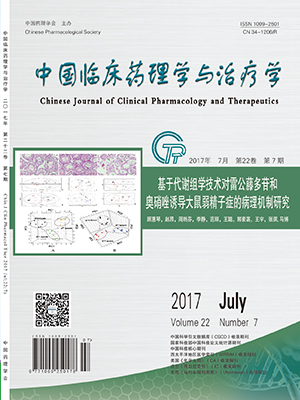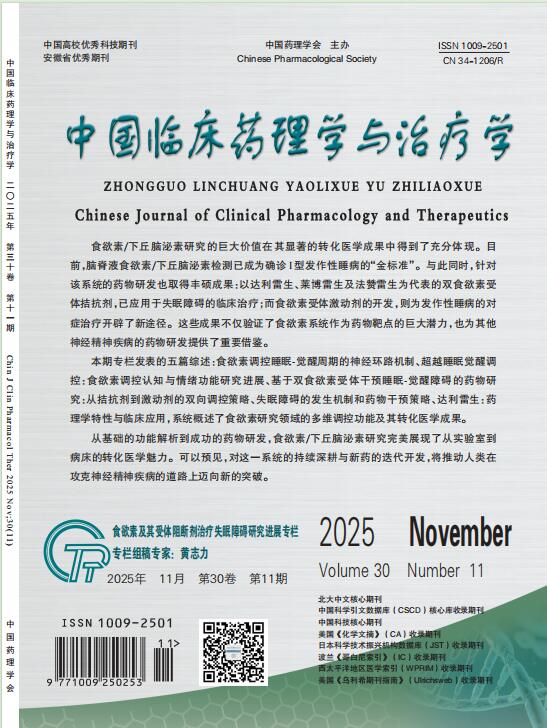AIM: To study the effect of Tenofovir disoproxil fumarate on serum growth factor-23 (FGF-23), beta 2- micro-globulin (β2-MG), cystatin -C (Cys-C) and retinol binding protein (RBP) l level in patients with chronic hepatitis B. METHODS: Eighty patients with chronic hepatitis B admitted to our hospital from January in 2015 to January 2016 were included as the treatment group, which was given 12 months of treatment of tenofovir (300 mg/time, 1 time/d) . Another forty healthy subjects were selected as the control group. Levels of HBV-DNA, HBV-DNA non-detectable rate, HBeAg negative conversion rate and serum levels of FGF-23, β2-MG, Cys-C and RBP at different time points were observed and compared. RESULTS:Compared with before treatment, the level of HBV-DNA decreased significantly (P<0.05), HBV-DNA non-detectable and the negative rate of HBeAg increased significantly (P<0.05)after treatment; the serum level of FGF-23, β2-MG, Cys-C, and RBP levels were significantly increased than those of the control group (P<0.05) after six-month and twelve-month treatment; the serum concentration of FGF-23 was positively correlated with the level of β2-MG, Cys-C and RBP concentrations (r:0.566, 0.643, 0.604, P<0.05) , β2-MG, Cys-C and RBP index also showed positive correlation (P<0.05). Compared with the control group, group of abnormal FGF-23, β2-MG, Cys-C and RBP presented statistical significance regarding level of BNU, Ccr, GFR, P(t=5.581,6.947,3.330,4.921, P<0.05), yet no significant difference of Scr was observed (P>0.05).CONCLUSION:Tenofovir can increase the levels of FGF-23, β2-MG, Cys-C and RBP of patients with chronic hepatitis B. Monitoring these indicators can be referential for adjusting treatment to prevent or reduce the occurrence of renal insufficiency and low phosphorus bone disease.


